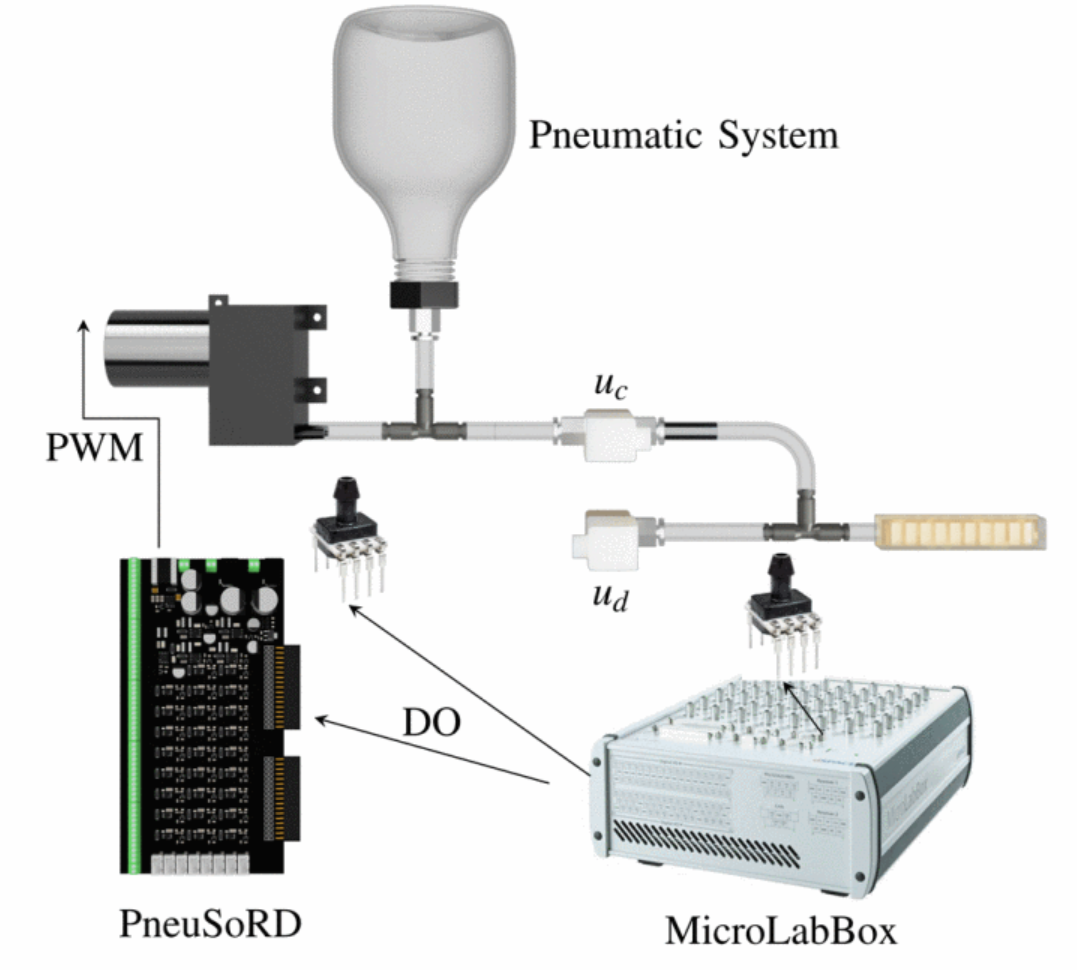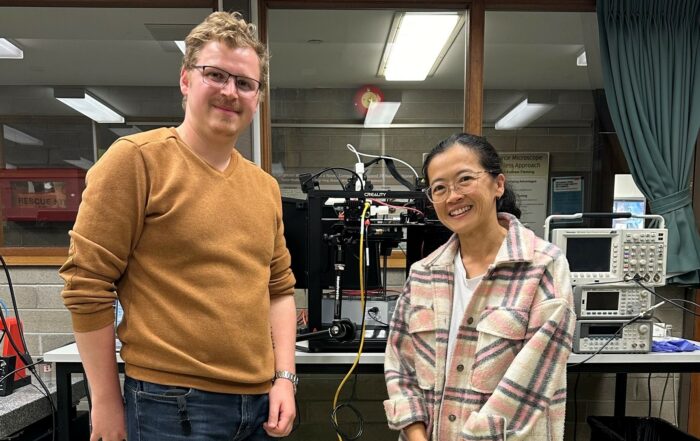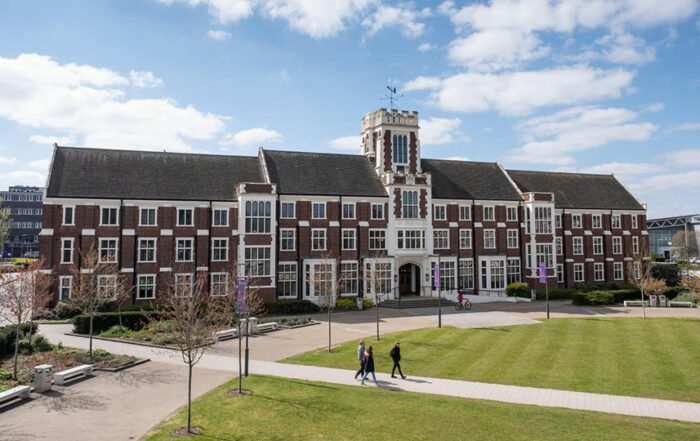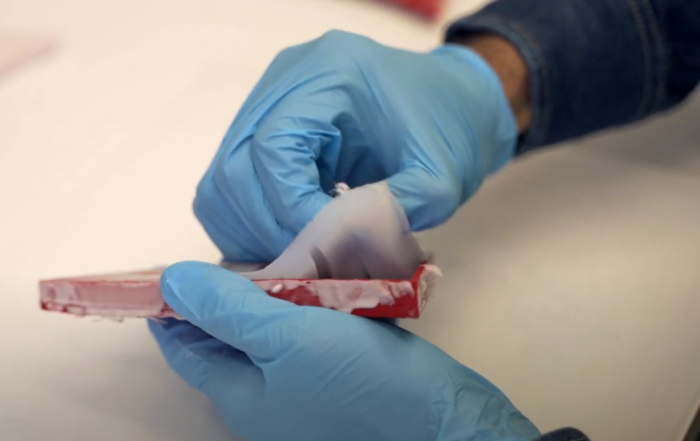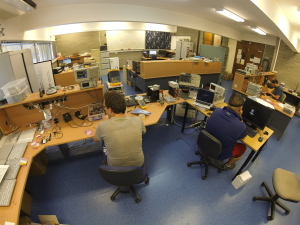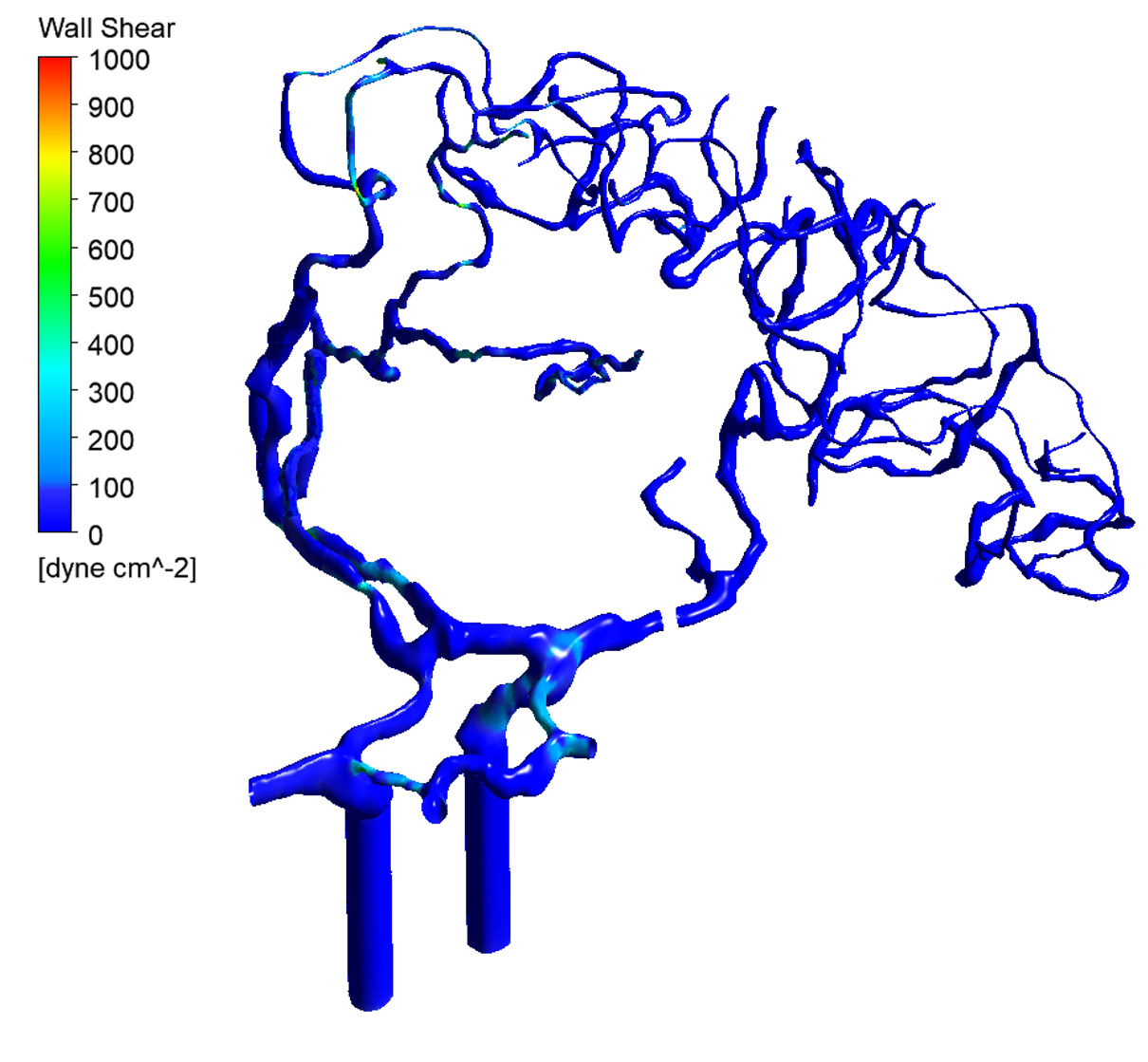Welcome to the Precision Mechatronics Lab at the University of Newcastle
Conferences
Paszkal’s Visit to Newcastle
It has been a fun 3 months working and learning from Paszkal on CFD modelling using OpenFoam. We had also done some interesting experiments together in the lab and will [...]
IEEE International Conference On Mechatronics – Loughborough, UK, March 15-17, 2023
IEEE International Conference On Mechatronics - Loughborough, UK, March 15-17, 2023. IEEE International Conference on Mechatronics 2023 (IEEE ICM 2023) continues a series of biennial conferences dedicated to recent and [...]
News
IEEE International Conference On Mechatronics – Loughborough, UK, March 15-17, 2023
IEEE International Conference On Mechatronics - Loughborough, UK, March 15-17, 2023. IEEE International Conference on [...]
Soft Robotic Manta Rays
PhD student Matheus Xavier introduces his research on soft robotic manta rays for low-impact exploration [...]
Dr Michael Ruppert elected as Fresh Scientist for 2021
Doctor Michael Ruppert has been announced as one of the 2021 Fresh Scientists. This program is [...]
Matheus Xavier Wins School Heat of the 3 Minute Thesis
Matheus from the Precision Mechatronics Lab wins the school heat at the University of Newcastle [...]
Seminars
IEEE International Conference On Mechatronics – Loughborough, UK, March 15-17, 2023
IEEE International Conference On Mechatronics - Loughborough, UK, March 15-17, 2023. IEEE International Conference on Mechatronics 2023 (IEEE ICM 2023) [...]
Soft Robotic Manta Rays
PhD student Matheus Xavier introduces his research on soft robotic manta rays for low-impact exploration in sensitive underwater environments. Watch [...]
Dr Michael Ruppert elected as Fresh Scientist for 2021
Doctor Michael Ruppert has been announced as one of the 2021 Fresh Scientists. This program is run by Science in Public [...]
Matheus Xavier Wins School Heat of the 3 Minute Thesis
Matheus from the Precision Mechatronics Lab wins the school heat at the University of Newcastle of the 2021 3 Minute [...]
Recent Publications
Fabrication of Microneedles by Pulsating In Situ Dried Electrostretching for Transdermal Drug Delivery Journal Article
In: Small Methods, 2025.
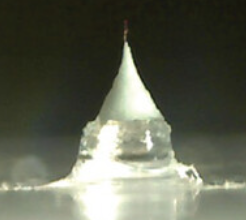
Modulated-Illumination Intermittent-Contact Tip-Enhanced Raman Spectroscopy Journal Article
In: ACS Nano Letters, vol. 25, iss. 14, pp. 5656-5662, 2025, ISSN: 1530-6984.
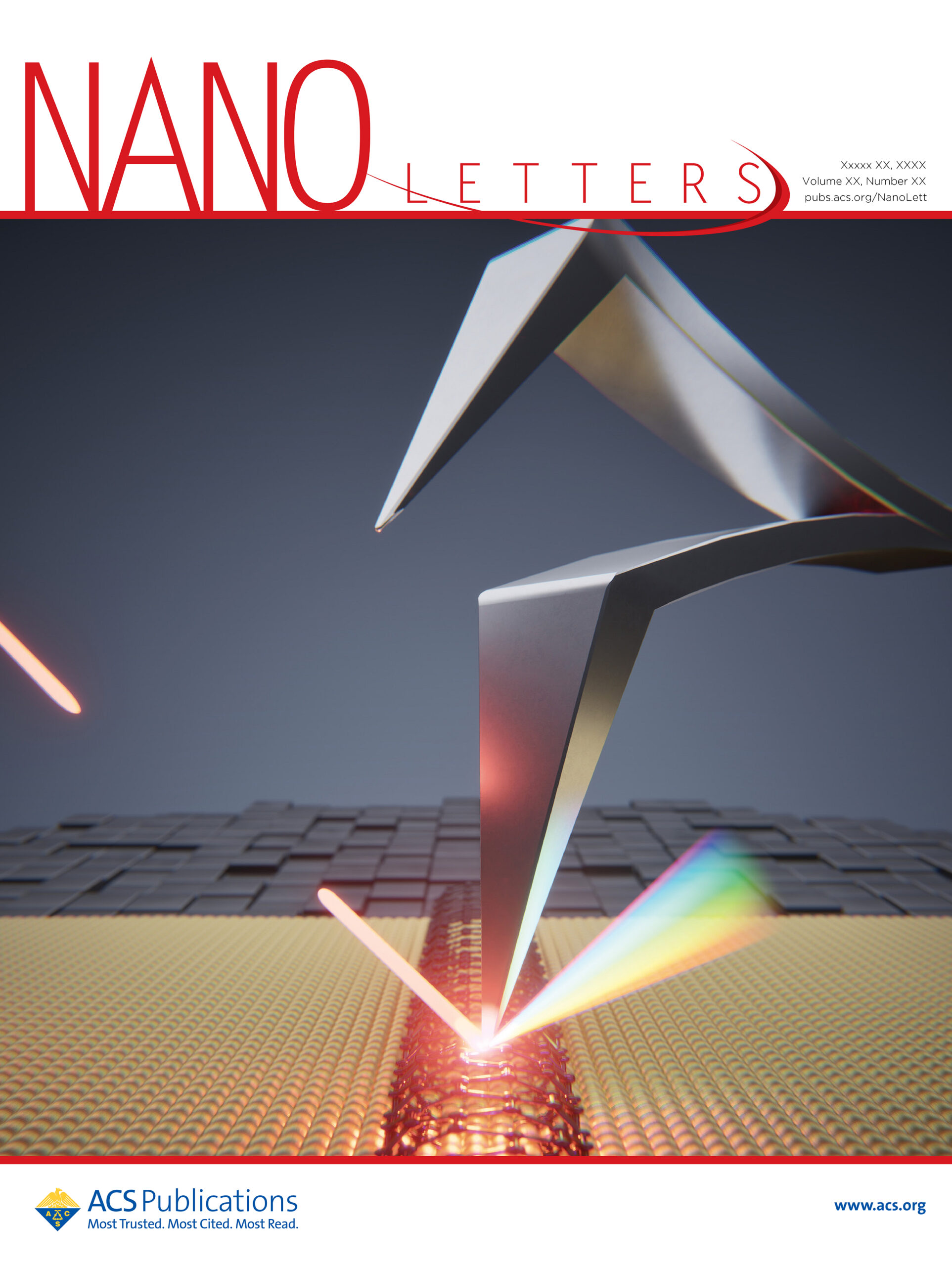
Feasibility of Nano-Acoustic Subsurface Imaging for Atomic Force Microscopy Proceedings Article
In: IEEE International Conference on Mechatronics (ICM), 2025.
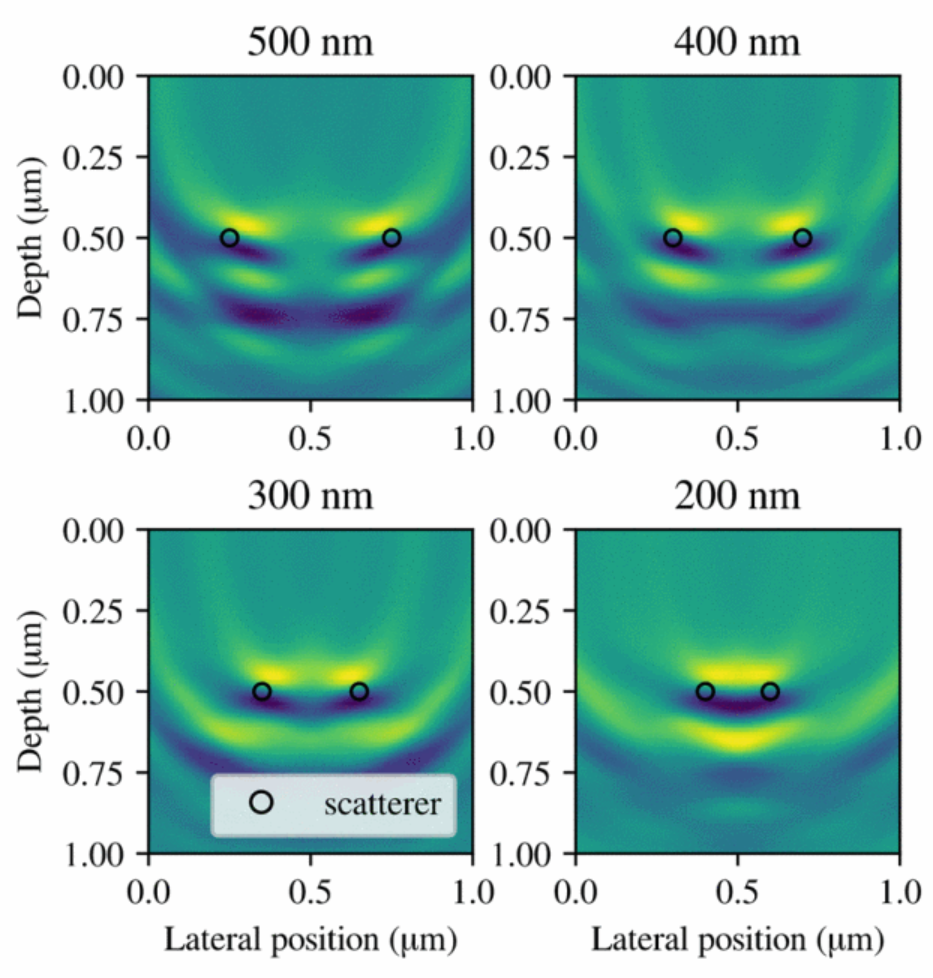
Feasibility of Nano Electrical Resistive Tomography for Subsurface Atomic Force Microscopy Proceedings Article
In: IEEE International Conference on Mechatronics, 2025.
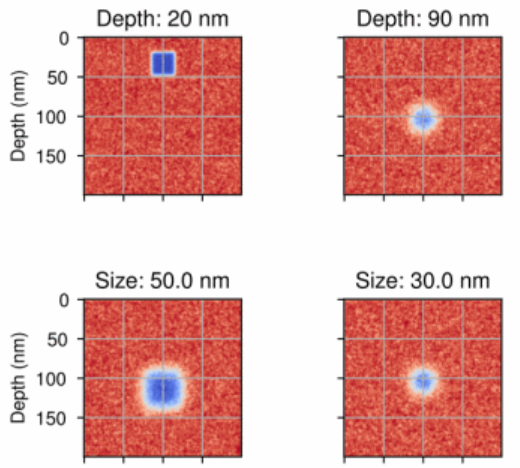
Data-Driven Inverse Control of Pneumatic Soft Robotic Actuators with On-Off Valves: Simulated Performance Proceedings Article
In: IEEE International Conference on Mechatronics, 2025.
